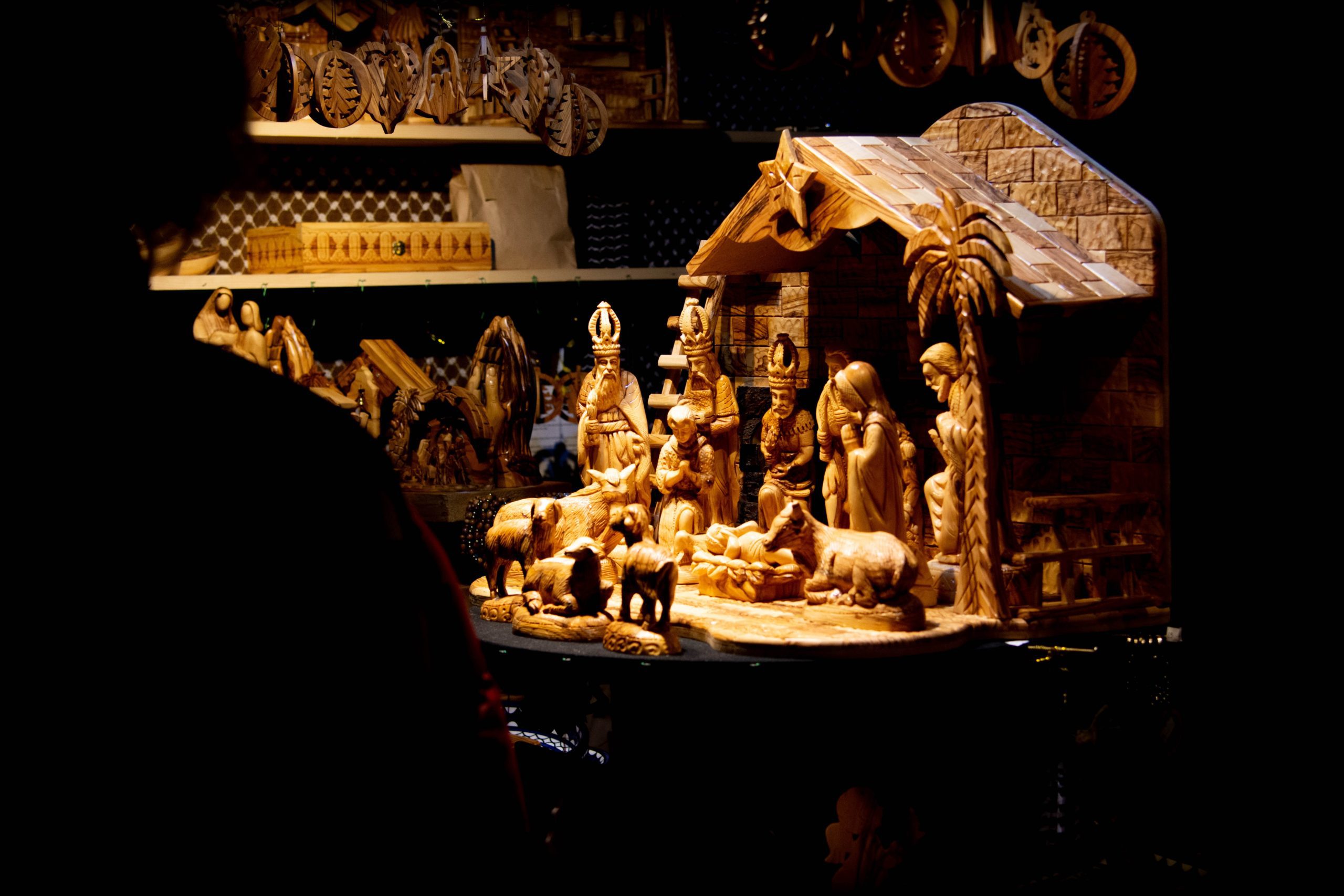
Just before the civic Christmas celebration came to a close in Spain, the government announced it was declaring the tradition of making Nativity scenes part of the country’s Patrimonio Cultural Inmaterial (Intangible Cultural Patrimony). On the surface, such a declaration appears as if the coalition, composed of the neo-communist and socialist parties, suddenly realized the importance of the birth of Jesus Christ. On the contrary, their protection of the Nativity scene tradition is their attempt to redefine religious values as cultural ones. The official announcement acknowledges that the Nativity scene originated in “popular religiosity” but goes on to explain that “today, the Nativity scene transcends the strictly religious to fit into a wider dimension, the cultural, converting into a sociological fact.”
The Ministry of Culture and Sport wants to put the Nativity scene tradition under its protection for its “cultural values,” including “the sharing of a collective identity present in all Spanish regions, its contribution to the transmission of popular culture showing traditional trades and ways of life, some of which have already disappeared.” The Ministry wants to honor “the preservation of specialized artisanal trades and their economic and productive dimension,” and its close relationship with oral tradition.
It proposes three ways to safeguard the tradition. First, “museumization” through cataloguing and investigating the tradition, in addition to preserving existing Nativity scenes. Second, education for teaching the skills to maintain the tradition. Third, informing and “sensitizing public opinion on what it represents in all sectors and the threats” that it faces.
The move to include the tradition of building Nativity scenes initially came from the Asociación Belenista de Madrid in 2018. Studies by the University of Navarra and the University of Murcia provided historic support for the petition.
In Spain, the Nativity scene is an integral part of celebrating Christmas, both in private homes and public spaces. Nativity scenes in Spain, as in many other places in Europe, are usually elaborate, depicting not only the Christmas story but also the city of Bethlehem busy with the everyday activities of human life. Churches and public entities such as city halls have preserved and proudly displayed centuries-old Nativity scenes with historic and artistic value. In the nineteenth century, the proliferation of building Nativity scenes in homes generated a small industry of creating figurines, usually sold at Christmas markets.
Nevertheless, the tradition is facing threats. The scenes built in homes today are often less intricate and smaller than a generation ago. Their placement in public spaces has also become polemic. While mayor of Madrid from 2015 to 2019, the neo-communist Manuela Carmena refused to place the usual Nativity scene in the iconic Puerta de Alcalá in the heart of the capital. In response, residents of the neighborhood mounted their own Nativity scenes in the prominent public space.
It may be too much to ask the Ministry of Culture and Sport to promote the underlying spiritual values of the Nativity scene—the values that preceded the cultural values it seeks to uphold. But will cultural values be enough to keep an essentially religious practice alive? Are Nativity scenes deprived of their spiritual essence even worth preserving or is a cultural Nativity scene not apt to just become another aspect of a commercialized Christmas, preserved primarily for atmosphere, nostalgia, and economic value? The fate of the Nativity scene is not up to the Spanish government alone, as the residents around the Puerta de Alcalá demonstrated, but the substitution of cultural values for religious belief in the Nativity scene’s raison d’être is no small change, and one Christians should receive with caution. They would not want the living tradition they hold dear to be museumized as just another cultural artifact.
